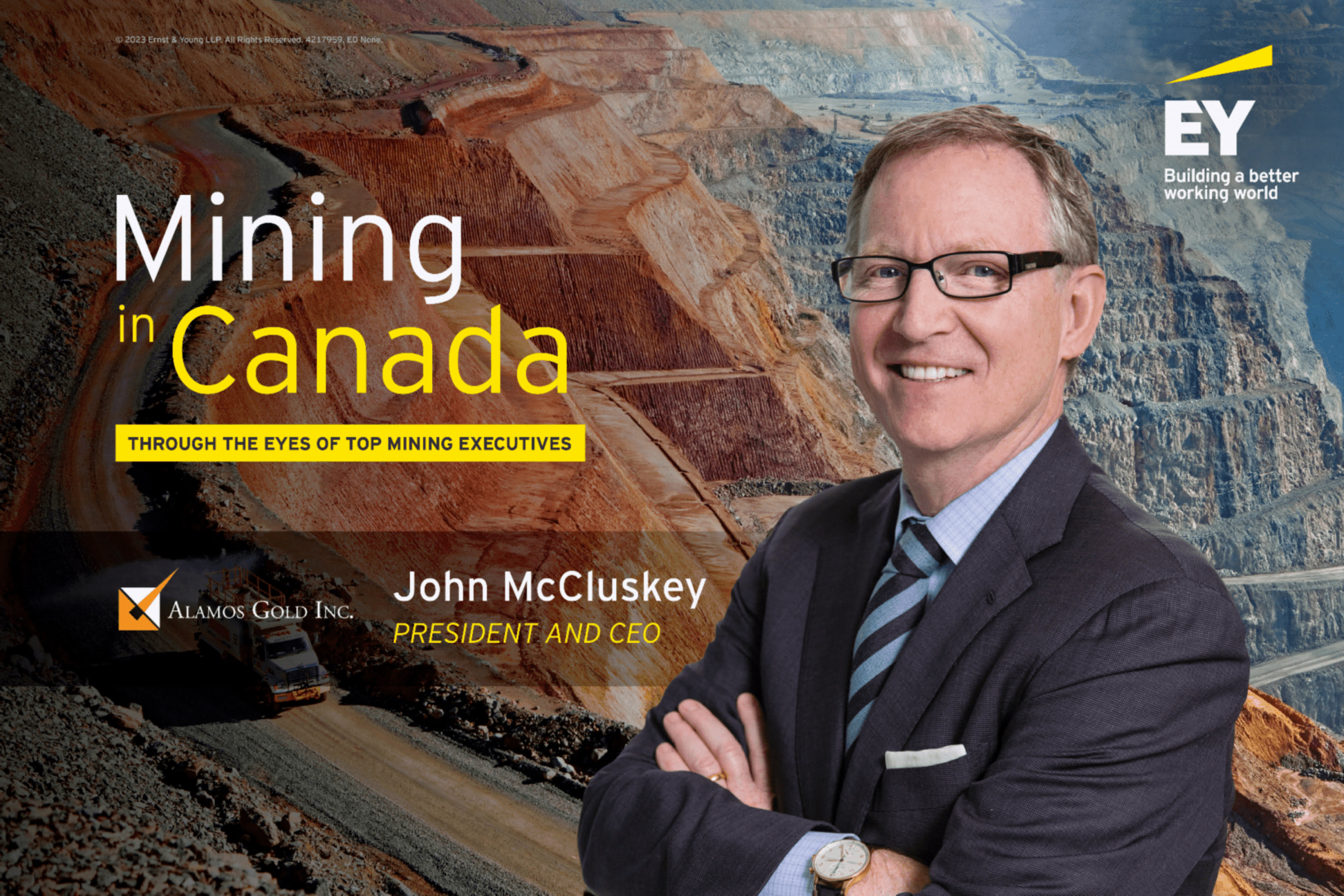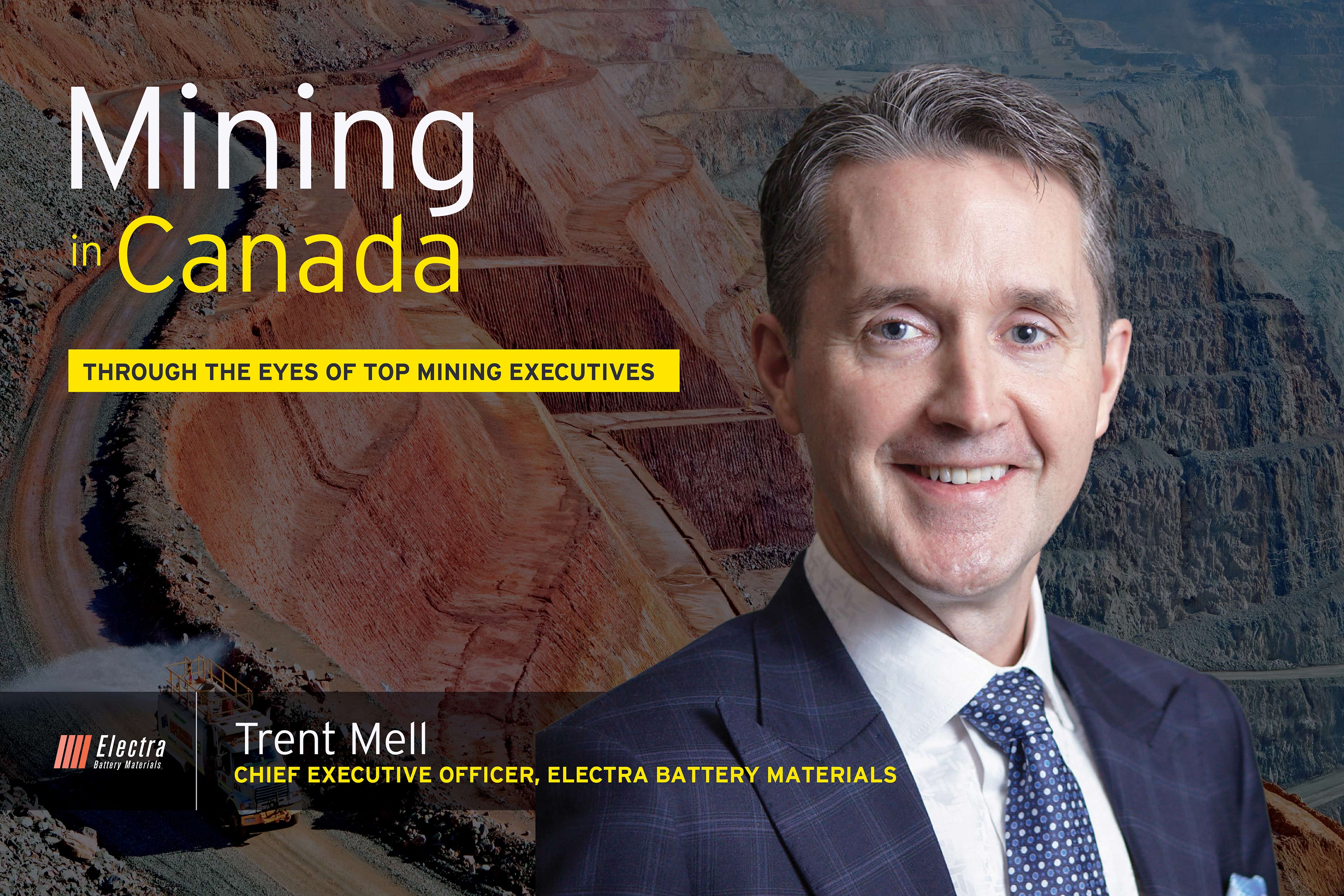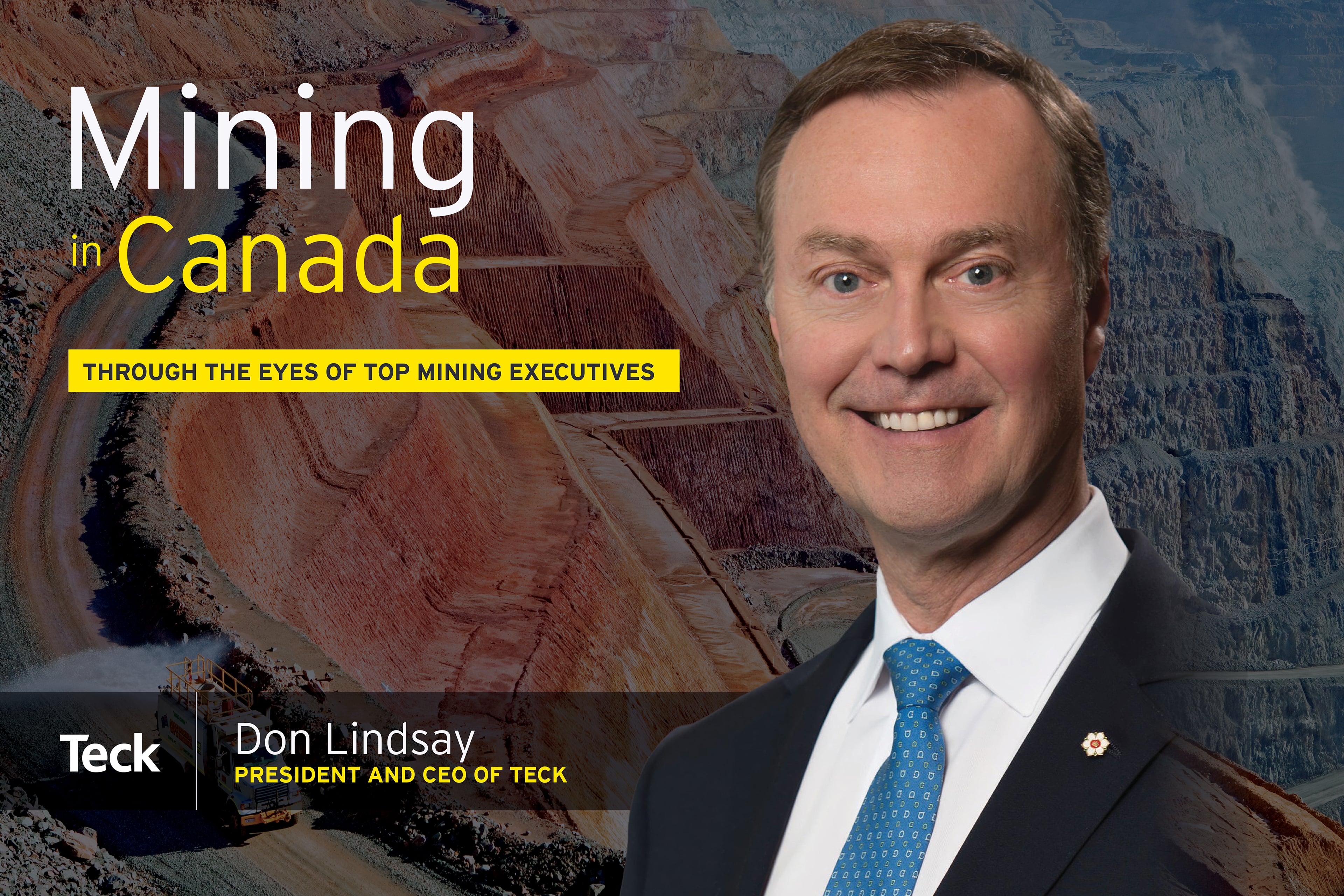People get high centered about carbon when talking about ESG. While there are limitations to what we can do — much of our carbon comes from our fleet and the grid on which we operate — so we do what you can, where we can. What we've tried to do is look for carbon reduction opportunities, where there's good business rationale.
We've recently finalized a 34-megawatt solar plant in Mauritania. We're in the Sahara Desert, the perfect location. 34 megawatts, or the equivalent of half a million tons of carbon. These are big concepts but what do they tangibly look like? Like taking 10,000 light vehicles off the road every year. That's huge. We just signed all our Chilean power purchase agreements and they’re all based on 100% renewable energy.
A few years ago, our biggest power consumer in our portfolio was Brazil Paracatu. It's a gigantic throughput operation. We decided strategically to buy hydroelectric plants to generate renewable hydroelectricity to power the plant in Brazil. These are just a few of the steps we're taking as we move towards decarbonization targets by the end of the decade — good for the environment and good for business.
Operating in so many different countries with differing socioeconomic realities, can you comment on talent and workforce?
Again, it ties back to culture. We're in Mauritania, which is predominantly Muslim, French Africa. We're in Brazil: Portuguese. We're in Chile: Spanish. And, of course, American in Nevada and Alaska. When you've got that many cultures, it's important to have something that binds everyone.
For us, it's a concept of family. What we consciously do in terms of talent is move people around the world. We encourage rotations so we have Africans working in Brazil and Brazilians working in the US. It strengthens our family concept, using shared experiences to make learning easier. And it provides opportunities to learn and grow internationally.
When you think about the next five to 10 years, how do you see Kinross Gold evolving?
I think we're in pretty good shape right now. We've got a base production of about 2 million ounces a year. We've got good visibility on that production out to the end of the decade. The portfolio is an interesting situation right now.
The way I describe it, we've got three, tier-one assets — big mines in Brazil and Mauritania, which together produce a million ounces a year. With Chile, that's two thirds of our production. In the US, I would argue we have the best real estate in Nevada and Alaska, despite being maturing operations. And we have a third tier-one asset that we’re extremely excited about: Great Bear in Canada.
With all that in mind, when I think about the next ten years, my focus will be on optimizing our tier one assets, enhancing margins and extending mine life in the US.
Let’s talk about some activities you’ve personally been involved in. You’re a symbol of good performance with First Nations. How important do you think that is?
I think it's critically important to be at that table, building relationships in the communities where we operate. We advanced an agreement with our First Nation partners and celebrated with a customary fishing event. Spending four to five hours in a boat catching pickerel is a great opportunity to help build understanding around priorities and our commitment to getting it right in those communities.
I'm very excited about our opportunity in Red Lake. Given the timeline of necessary permitting, development and construction, I'm hoping it can be a high, watermark standard for the green mine of the future — not only from technology and carbon emission perspectives, but also in terms of legacy investments.
I'm very proud of our track record, on that score. One of the reasons I got into this business was my love of the outdoors. I've done a lot of work in the US with Trout Unlimited, working alongside them to tackle projects such as cleaning up abandoned mine sites. In some areas in the US, going into abandoned mining sites from the 1880s often meant inheriting liability, so companies were afraid to act. I'd been lobbying with Trout Unlimited and we recently succeeded in getting the Good Samaritan, or Good Sam Law, changed to allow for remediation without inheriting legacy liabilities hundreds of years ago.
One of my personal highlights was inheriting a pristine property called Mineral Hill, adjacent to Yellowstone. We have photographs from the late 1880s of head frames and miners and what the landscape looked like. We reclaimed the mine, regrassed it and it was phenomenal what you can achieve through reclamation. We owned the water rights for the property and worked with Trout Unlimited to donate millions of gallons of water to them. We created a 450-acre elk corridor for elk migration — just a fabulous example of what you can do in support of the environment.
We're proud to share these accomplishments because when you're going into a new area, it helps people understand what you've done and how you operate.
At EY, we call this being ‘net positive’ but this is a great example of how you can go beyond simply reclaiming the land to create new value for society. In mining, we talk about value creation and what's in it for shareholders and having worked in banking, you understand how the capital markets see value creation. How would you advise other CEOs to approach value creation?
It comes back to what I was saying about culture and values. They’re becoming more of a focal point, certainly for younger people who are thinking about getting into the mining industry. You want to be able to go to a barbecue or a cocktail party and when someone asks what you do, say you’re in mining and be proud of that.
About operating in remote areas and living net positive, contributing towards education, health care, local community support. You need that mindset to be successful. If you're looking after your people, keeping them safe and consciously benefitting the community, then the mine will run well and all stakeholders will benefit: the community, employees and shareholders.
I’m super excited about the Red Lake opportunity with Great Bear. It's going to be a mine that operates for decades — a good reminder of how unexplored Canada really is. There's so much potential and we're very, very excited to be back operating in our own country, our own province and extremely excited about the results we’re getting. It's something that will play well for Canada and hopefully be an example for others to follow.
When you think about the buzz we’re hearing around battery minerals, copper and iron ore for example, and the movement we’ve seen in gold prices over the years, what do you think the future of gold prices will look like?
Today's gold prices include robust margins and cash flow and have an excellent balance sheet. So, we're quite good in the context of where the gold price is today. Having said that, I believe the gold price should be higher. To me, gold is a hard asset.
A lot of countries around the world have seen paper money become worthless over time due to inflation and often unforeseeable factors. And over the past 2,000 years, it's never been a bad thing to have some allocation in gold as a diversification or a hedge against inflation. We're in a situation today where I'm a little surprised it's not higher.
Part of that is because they keep raising interest rates in the US. At some point that will stop and we may see a snapback. But the other side of the coin is that if you over-manufacture or overproduce something, it generally loses worth. I believe we've overproduced and inflated US dollars. At some point, I expect we will see equilibrium, with value coming out of the US dollar and back into gold. I can't pick the gold price. If I could I be living on a tropical island, printing my own money. But I do have a bias towards higher, from here.







